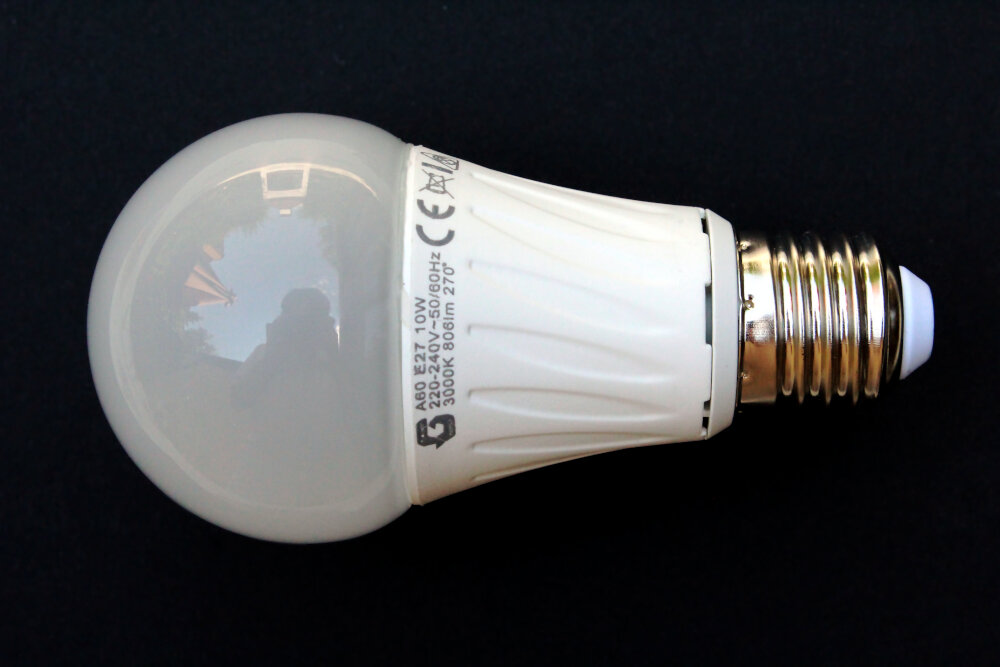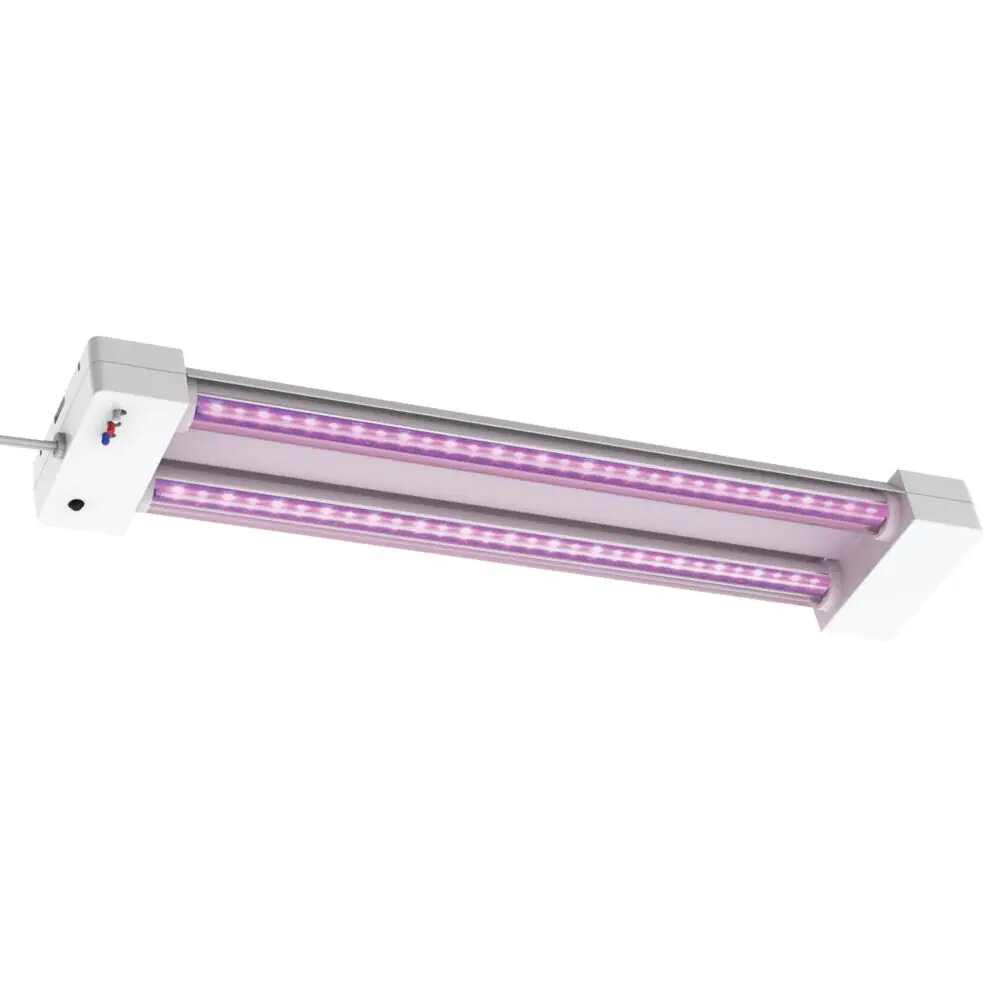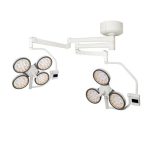Decoding the Green LED Light: What Does it Mean and Why is it Blinking?

The green LED light is a common sight in electronic devices such as smartphones, laptops, and routers. It is often used as an indicator of device status, and it can blink or remain steady depending on the situation. However, not everyone knows what the green LED light means or why it is blinking. Decoding the green LED light is essential for troubleshooting device issues and understanding device functionality. The green LED light can communicate a variety of information, such as device power status, network connectivity, battery charging status, and notification alerts. Understanding what the green LED light means and how to interpret it can help users identify and resolve device issues quickly. In this article, we will explore the various meanings behind the green LED light and why it is blinking, providing readers with a comprehensive guide to decoding this essential device indicator.
Light Emitting Diodes (LEDs) are a type of energy-efficient lighting that have become increasingly popular in recent years. LEDs work by converting electrical energy into light through a process called electroluminescence. This process involves the movement of electrons through a semiconductor material, which emits photons of light when the electrons recombine with positively charged \holes\ in the material. Unlike traditional incandescent bulbs, LEDs do not rely on heating a filament to produce light, which makes them much more efficient and longer-lasting. LEDs also come in a variety of colors, including green, which is often used in a variety of electronic devices and appliances to indicate power status or other types of alerts. Understanding the meaning behind green LED lights and their blinking patterns can be important for troubleshooting and diagnosing issues with your devices.
Understanding LED light signals is crucial in various scenarios, especially when it comes to interpreting emergency signals. The green LED light, for instance, is a common signal used in emergency situations to indicate that a system is functioning correctly or that a task has been completed successfully. This small, yet powerful indicator helps people to quickly identify the status of a system or device, allowing them to take the necessary actions accordingly. Additionally, understanding the different signals that LED lights emit can help prevent accidents, minimize downtime, and improve productivity. In short, decoding LED light signals is essential for maintaining safety, efficiency, and effective communication in any setting.
What does the green LED light mean?

The green LED light is a common feature on various electronic devices, including routers, modems, and printers. It is a small light that typically blinks or remains steady, indicating different things about the device’s status. Understanding the meaning behind the green LED light is essential, as it can help users troubleshoot any issues they are experiencing with their device. Generally, the green LED light indicates that the device is powered on and functioning correctly. In some cases, it may also indicate that the device is connected to a network or internet connection. However, in other instances, the green LED light may blink, indicating that there is a problem with the device. When the green LED light is blinking, it may indicate that the device is experiencing an error or malfunction. In some cases, the blinking may be a warning sign that the device is low on power or that there is an issue with the connection. Users should consult the device’s manual or contact the manufacturer for assistance in resolving any issues related to the green LED light. With proper understanding and interpretation of the green LED light, users can stay informed and take the necessary steps to address any problems that arise with their electronic devices.
LED lights come in various types and forms, each with different purposes and meanings. The green LED light is commonly used in different applications, such as in electronics, traffic signals, and even in medical equipment. In traffic signals, the solid green LED light indicates that it is safe to proceed, while the blinking green LED light means that the signal is transitioning to a different state. In electronics, the green LED light is often used as an indicator that a device is turned on or functioning properly. Moreover, green LED light therapy is also used in medical treatments to promote wound healing, reduce inflammation, and alleviate pain. Understanding the different types of LED light signals is crucial in interpreting their meanings and uses in various contexts.
The green LED light signal is a common indication of a successful connection or operation. It is often used to signify that a device or system is functioning correctly, or that a task has been completed successfully. The green light is associated with positive outcomes, progress, and success, and it can be a reassuring sign that everything is working as it should. The blinking of the green light can also indicate activity or transmission of data, depending on the context. Overall, the green LED light signal is a simple but effective way to provide feedback to users and ensure that they are aware of the status of the systems they are interacting with.
Green LED light signals are commonly used in a variety of devices for different purposes. For instance, traffic lights use green LED lights to signal drivers to proceed or to indicate that they have the right of way. Similarly, many appliances and gadgets, such as televisions, routers, and computer peripherals, have green LED lights that indicate that they are powered on or in standby mode. Green LED lights are also used in medical equipment, such as pulse oximeters, to indicate that the device is functioning correctly. Furthermore, green LED lights are used in industrial settings, such as factories and warehouses, to signal that a machine or equipment is in operation or functioning correctly. In short, green LED lights are ubiquitous and serve as an essential visual cue for numerous devices across various industries.
Why is the green LED light blinking?

The blinking of the green LED light can indicate a variety of situations depending on the device or system it is attached to. Generally, the green LED light blinking is a sign of a normal operation or status update of the device. For instance, on a router or modem, a blinking green LED light means that the device is currently searching for a network or establishing a connection. Similarly, in a car, a flashing green LED light serves as a signal of the car’s security system being armed. In other cases, such as on a smoke detector, a blinking green LED light can indicate that the device is functioning correctly and is ready for use. Despite its common usage, the green LED light’s blinking can also indicate an error or malfunction in the device or system. In some cases, a constant blinking green LED light on a router or modem can signify that the device has encountered a connection issue or is experiencing a software update. Likewise, a flashing green LED light on a smoke detector can indicate that the device’s battery is low or that there is a malfunction in the sensor. Therefore, it is important to consult the device’s manual or contact customer support to determine the meaning of the green LED light’s blinking and troubleshoot any issues that may arise.
LED lights are widely used in various electronic devices and appliances, and they serve various purposes. One of the most common reasons for blinking LED lights is to indicate the device’s status or activity. For instance, a green blinking LED light on a router signifies that the device is transmitting data or communicating with other devices. Similarly, a blinking LED light on a charging device indicates that the device is charging or is fully charged. In some cases, blinking LED lights also indicate an error or a malfunction in the device, prompting the user to take corrective measures. Therefore, understanding the meaning of blinking LED lights is crucial to ensure the optimal performance of electronic devices and appliances.
When green LED lights start to blink, it could indicate several possible issues that need to be addressed. One potential cause is a loose or faulty connection within the wiring or circuitry of the LED lighting system. Alternatively, the blinking light could be the result of a power surge or electrical interference, which can disrupt the flow of electricity and cause the LED to flicker or blink. Another possible issue is an overheating LED, which may be caused by poor ventilation or a malfunctioning cooling system. In some cases, the blinking light may be a sign of a failing LED bulb that needs to be replaced. Whatever the cause, it is important to troubleshoot the issue promptly to prevent further damage to the LED lighting system and ensure that it is functioning as intended.
If you are facing the issue of a blinking LED light, then you need to follow some troubleshooting steps to fix the problem. Firstly, check the power source and ensure that it is working fine. Secondly, inspect the connections and make sure that they are secure and tight. Thirdly, check the LED bulb and replace it if it is damaged. Fourthly, reset the circuit breaker or fuse if it has tripped. Fifthly, ensure that the switch is on and not in the off position. Lastly, check the wiring and ensure that it is not damaged or broken. By following these troubleshooting steps, you can easily fix the blinking LED light and ensure that it functions properly.
How to interpret other LED light signals

Interpreting LED light signals is essential to understand the functioning of different devices in our daily lives. The green LED light is one of the most common light signals that we encounter frequently. However, there are other LED light signals that we must interpret to understand the status of the devices. For instance, the red LED light indicates an error or malfunctioning of the device. The yellow LED light signals low battery status or a need for maintenance. The blue LED light signals the device is in pairing mode or connected to another device. It is crucial to understand these signals to troubleshoot problems and maintain the devices properly. Different devices have different LED light signals, and it is essential to read the device’s manual to understand the signals accurately. Moreover, interpreting LED light signals can also help conserve energy and manage devices efficiently. For example, if the device has a green LED light signal that blinks rapidly, it indicates that the device is consuming more energy and needs immediate attention. By interpreting these signals, we can take necessary actions to prevent energy wastage and save money. Therefore, understanding LED light signals is crucial, and it is recommended to read the manual and seek professional help when in doubt.
LED lights come in a wide range of colors and signals, each with its own specific meaning and purpose. Red LEDs typically indicate power or charging status, while blue LEDs are often used for notifications or alerts. Green LEDs, on the other hand, are generally associated with positive outcomes such as successful completion of a task or achievement. They can also indicate the presence of a secure connection or a functioning device. When the green LED is blinking, it may signify a specific message or warning, such as low battery, network activity, or errors. Understanding the different colors and signals of LED lights can help us stay informed, troubleshoot issues, and make the most of our devices and technologies.
Red, yellow, and blue are commonly used colors for LED lights. The meaning of these colors can vary depending on the context in which they are used. Red LED lights generally indicate that a device is in a low-power or standby mode. Yellow LED lights often indicate that a device is charging or that it has a low battery. Blue LED lights are commonly used to indicate that a device is on or that it is connected to a network. These colors can also be used in combination with other colors to convey more complex information. For example, a flashing red and yellow LED light might indicate that a device is experiencing a fault or error. Understanding the meaning of LED light colors can be important in troubleshooting and diagnosing issues with electronic devices.
Green LED light signals are widely used in various devices for different purposes. One of the most common devices that use green LED light signals is the router. The green light blinking on the router indicates that the device is connected to the internet and is functioning properly. Similarly, many smart home devices such as security cameras, doorbells, and motion sensors also use green LED lights to indicate that they are active and functioning properly. Moreover, green LED lights are also used in traffic signals, emergency vehicles, and airplanes to signal different meanings. Therefore, it is essential to understand the meaning of green LED light signals to ensure the proper functioning of these devices and to avoid any confusion or misinterpretation.
Understanding LED light signals is crucial in various settings, ranging from traffic signals to electronic devices. The green LED light, in particular, is an essential indicator for different purposes. It can signal a device’s power status, internet connectivity, or battery level. In traffic signals, a green LED light indicates that it is safe to cross the road. It is essential to comprehend the different meanings behind LED light signals to avoid confusion and misinterpretation, which can lead to accidents or device malfunction. Thus, decoding the green LED light and understanding its meaning and why it is blinking is crucial for safety, efficiency, and optimal device performance.
The green LED light signal is a common sight in our daily lives. It is usually found in electronic devices, traffic lights, and other applications. The green LED light signal blinks for various reasons, and it can be confusing for many people. However, the blinking of the green LED light signal is a useful feature that helps to convey different types of information. For instance, it can indicate that a device is in operation, that a network connection has been established, or that a message has been received. The blinking of the green LED light signal is achieved through the use of a circuit that turns the LED on and off at a specific frequency. This blinking is a form of communication that can help us understand the state of our devices and networks.
When troubleshooting LED light issues, there are several tips that can help identify and resolve the problem. First, check the power source and ensure the LED light is receiving adequate power. If the LED light is dim or not turning on at all, there may be an issue with the power supply. Additionally, check the wiring and connections to ensure they are secure and functioning properly. If the LED light is blinking or flashing, it may be indicating an error code or issue with the device it is connected to. Refer to the manufacturer’s manual to identify the issue and take appropriate action. Finally, consider replacing the LED light if it continues to malfunction or does not meet your needs.
Conclusion

In conclusion, understanding the meaning behind the blinking of the green LED light is crucial in diagnosing and resolving issues with electronic devices. Whether it indicates a successful connection or a low battery, decoding the signal can save time and frustration. Additionally, the use of LED lights in technology has revolutionized the way we interact with our devices, providing clear and concise communication through a simple visual cue. In an age where technology is constantly evolving, the green LED light serves as a reminder of the importance of innovation and communication.





